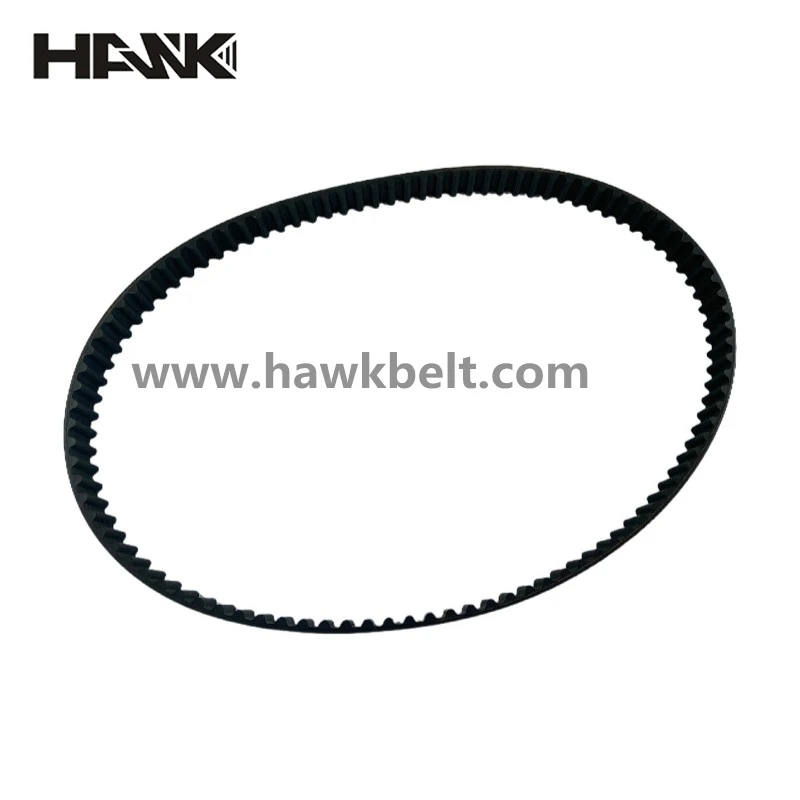- Arabic
- French
- Russian
- Spanish
- Portuguese
- Turkish
- Armenian
- English
- Albanian
- Amharic
- Azerbaijani
- Basque
- Belarusian
- Bengali
- Bosnian
- Bulgarian
- Catalan
- Cebuano
- Corsican
- Croatian
- Czech
- Danish
- Dutch
- Afrikaans
- Esperanto
- Estonian
- Finnish
- Frisian
- Galician
- Georgian
- German
- Greek
- Gujarati
- Haitian Creole
- hausa
- hawaiian
- Hebrew
- Hindi
- Miao
- Hungarian
- Icelandic
- igbo
- Indonesian
- irish
- Italian
- Japanese
- Javanese
- Kannada
- kazakh
- Khmer
- Rwandese
- Korean
- Kurdish
- Kyrgyz
- Lao
- Latin
- Latvian
- Lithuanian
- Luxembourgish
- Macedonian
- Malgashi
- Malay
- Malayalam
- Maltese
- Maori
- Marathi
- Mongolian
- Myanmar
- Nepali
- Norwegian
- Norwegian
- Occitan
- Pashto
- Persian
- Polish
- Punjabi
- Romanian
- Samoan
- Scottish Gaelic
- Serbian
- Sesotho
- Shona
- Sindhi
- Sinhala
- Slovak
- Slovenian
- Somali
- Sundanese
- Swahili
- Swedish
- Tagalog
- Tajik
- Tamil
- Tatar
- Telugu
- Thai
- Turkmen
- Ukrainian
- Urdu
- Uighur
- Uzbek
- Vietnamese
- Welsh
- Bantu
- Yiddish
- Yoruba
- Zulu
Dec . 23, 2024 10:37 Back to list
Understanding V-Belt Sizes and Selection for Your Machinery Needs
Understanding V-Belt Size Charts A Comprehensive Guide
When it comes to industrial machinery and automotive applications, the importance of selecting the right V-belt cannot be understated. V-belts are crucial components that transfer power between pulleys; therefore, understanding their sizing is essential for ensuring optimal performance, efficiency, and longevity of both the belts and the machinery they drive. This article delves into the significance of V-belt size charts and provides guidance on how to effectively interpret these charts for your specific needs.
What is a V-Belt?
A V-belt is a type of belt that has a trapezoidal cross-section and operates within a pulley system. Their design allows them to handle high loads and power transmission effectively while maintaining a compact profile. V-belts are commonly found in various applications, from household appliances to heavy industrial equipment.
Why is V-Belt Sizing Important?
Choosing the correct V-belt size is critical for several reasons
1. Efficiency A properly sized V-belt minimizes slippage, ensuring that power is transmitted effectively from the motor to the driven components. An incorrectly sized belt can lead to energy loss and increased operating costs.
2. Wear and Tear A belt that is too tight may wear more quickly or snap, while one that is too loose may slip and cause further damage to machinery. Correct sizing extends the life of both the belt and the equipment.
3. Performance Performance levels can drop significantly if an improper belt size is installed. This can impact the speed of the driven equipment and overall productivity.
Understanding V-Belt Size Charts
V-belt size charts are valuable tools used to determine the correct belt dimensions for your machinery. These charts typically provide information on various belt types, including their length, width, and section height. Key measurements to consider include
1. Belt Length Measured in inches or millimeters, belt length is crucial as it defines how far the V-belt will stretch around the pulleys. Incorrect length can affect the tension and power transmission efficiency.
v belt size chart

2. Belt Width This measurement denotes the geometric width of the belt. Width affects the belt's strength and the amount of power it can transmit.
3. Section Profile V-belts come in various section profiles, which refer to the shape of the belt. Common profiles include A, B, C, and D sections, each suitable for different applications and load capacities.
How to Use a V-Belt Size Chart
To utilize a V-belt size chart effectively, follow these steps
1. Identify Your Requirements Before consulting the size chart, determine the specific requirements of the machinery, including the type of load, operating conditions, and expected lifespan of the belt.
2. Measure Existing Belts If replacing a belt, measure the length and width of the existing belt. Note the section profile as well. If you don’t have an existing belt, measure the distance between the pulleys and the diameter of the pulleys.
3. Consult the Size Chart With your measurements in hand, refer to the appropriate size chart for the brand or type of V-belt you are considering. Most charts will provide a range of sizes along with their specifications.
4. Select the Correct Belt Choose the belt that matches your measurements. Pay careful attention to the specified lengths and section profiles to ensure compatibility.
5. Installation and Adjustment After selecting the correct belt, proceed with installation. Adjust the tension of the new belt according to the manufacturer’s specifications to ensure optimal performance.
Conclusion
Understanding how to read and interpret V-belt size charts is essential for anyone involved in machinery maintenance or repair. By selecting the correct V-belt size, you not only enhance the performance and efficiency of machinery but also prolong its lifespan. Investing time in understanding these charts can save significant costs in repairs and replacements in the long run. Always remember, when in doubt, consult a professional or refer to manufacturer guidelines for the best results.
-
Upgrade Power Steering Pump Belt for Smooth, Quiet Operation
NewsAug.27,2025
-
Precision Timing Belt & Chain: Engine Performance & Durability
NewsAug.26,2025
-
Precision Lathe Drive Belts: Durable & Reliable Performance
NewsAug.25,2025
-
84.5 Serpentine Belt: Durable & Precision Fit for Your Engine
NewsAug.24,2025
-
Premium Ribbed Drive Belts for Quiet Power Transmission
NewsAug.23,2025
-
High-Performance Vehicle Timing Belt for Engine Precision
NewsAug.22,2025

